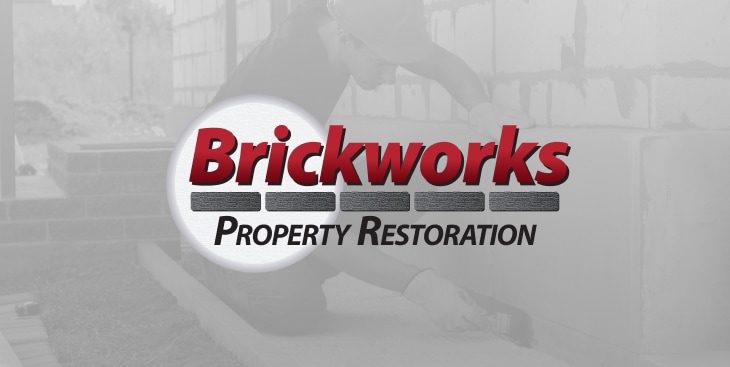

The Chimney Flashing Repair Process: What We Do
Leaks within a chimney may not be immediately obvious. In fact, without regular inspections, homeowners may not notice chimney leaks until they cause bigger issues like wood rot and/or roof damage. Left long enough, chimney leaks can affect the structure of the entire fireplace system. What’s more, broken or worn chimney flashing often allows chimney leakage to occur. Here, we’ll explain everything you need to know about chimney flashing, chimney flashing repair, and what you can do to protect your home from water damage.
What is Chimney Flashing?
Chimney flashing consists of two sheets of metal that are placed at the base where a chimney intersects with the roof. These sheets are layered –– one placed in an L-shape over the chimney and connecting roof area –– with the other placed over the L-shape sheet to cover mortar joints and shingles. The primary function of chimney flashing is to prevent moisture from entering at the vulnerable point where the chimney connects to the roof. Also, professionals may use copper, lead, or steel chimney flashing.
Signs of a Leaky Chimney
In many instances, a compromised chimney flashing will lead to leaking within the chimney. A few subtle signs of a leaking chimney include:
- Condensation in the firebox
- Water dropping in the chimney
- Moisture stains on the walls connected to the chimney
- Musty chimney odors.
If you perceive any of these issues, schedule a chimney inspection ASAP.
Repairing Chimney Flashing
Repairing and/or replacing chimney flashing can be an intricate process. And it’s important that professionals install chimney flashing correctly–– otherwise your home could be vulnerable to further water damage. At Brickworks, we follow this process to repair and replace chimney flashing:
- Inspect the caulking around the chimney flashing. Occasionally, chimney leakage can be stopped completely just by re-caulking the area between the flashing and the chimney stack.
- Remove old chimney flashing. Take away all of the old metal, wood, and mortar connected to the chimney stack.
- Measure the area for accuracy.
- Use purified and soldered metal (to protect against oxidation).
- Tuckpoint the area around the chimney stack where the flashing will be installed.
- Install the flashing one sheet at a time.
- Install a chimney cricket –– if needed. (Typically only for houses with chimneys located on the downslope of a roof.)
How to Prevent Chimney Leaks
In addition to faulty chimney flashing, other factors can cause chimney leaks. Worn mortar joints, spalling bricks, and broken chimney caps may all allow for moisture to enter your home through your chimney. That’s why we recommend all homeowners with chimneys schedule inspections twice a year. Keeping tabs on any small issues with your chimney now could eliminate the need for big home-repair payments later.
Final Thoughts
At Brickworks, we have years of experience working with homeowners and businesses in the Detroit metro area. Our team is professional, thorough, and we only use the highest quality materials when we take on a project. If you’re concerned about a leaky chimney –– or if you’re overdue for an inspection –– give us a call today at 586-868-3234, and we’ll schedule an appointment time that works for you.
Contact Us
Contact Us Today


We're Built on a Foundation of Excellence
Check Out Our Awards & Certifications
- Angi Super Service Award 2023
- Nextdoor Neighborhood Favorite 2023
- A+ Better Business Bureau Rating
- Certified by the Environmental Protection Agency
- Certified Chimney Sweep

